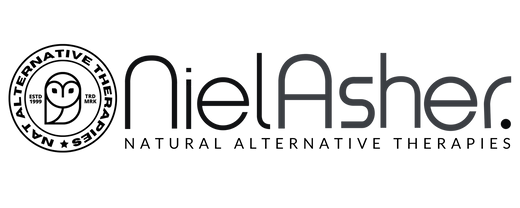Trigger Point Therapy - Myofascial Meridians, Myokinetic Chains and Sublinks
Most TP therapists seem to agree that trigger points tend to develop along “Myofascial Meridians”.
Below we have set out some detailed information about these myokinetic chains and sublinks. The main reference sources here are the great works of Myers (2001) and Sharkey (2008).
Hope you find this useful!
The Spiral (Oblique) Chain (S/OC)

The spiral (oblique) chain includes the external oblique, internal oblique (contralateral), adductors, iliotibial (IT) band, tibialis anterior, and peroneus longus/brevis. This chain may also include the following links: serratus anterior, ipsilateral rhomboids, and contralateral splenius capitis.
The Lateral Chain (LC)

The lateral chain includes the peroneals, IT band, TFL, gluteals, external and internal obliques, ipsilateral adductors, and quadratus lumborum (contralateral). This chain may also include the following links: intercostals, sternocleidomastoideus, splenius capitis/cervicis, and scalenes.
Posterior Sagittal Chain (PSC)

The posterior sagittal chain includes the thoracolumbar fascia and muscular links both above and below, offering movement and support to the joints of the periphery as well as to the spinal joints. At the midsection, sublinks include the transversus abdominis and posterior fibers of the internal obliques. The pelvic floor muscles include the pyramidalis, multifidi, and lumbar portions of the longissimus, iliocostalis, and diaphragm, more commonly known collectively as the core muscles. Of course, this joint support system is also present at the glenohumeral and lumbopelvic-hip complexes.
A deep posterior or sagittal chain involves local, deep, segmentally related muscles providing localized support for motion in segments or joints (tonic or type II fibers).
A superficial oblique posterior chain involves prime movers or more global muscles that are, as the name implies, predominantly superficial. These muscles are primarily phasic and are heavily populated with type I fibers with a high resistance to fatigue.
The posterior sagittal chain includes the occipitofrontalis, erector spinae, thoracolumbar fascia, multifidus, sacrotuberous ligament, and biceps femoris (short head). This link can be continued to include the gastrocnemius and plantar fascia.
The Posterior Oblique Link (POL)

The posterior oblique link (POL) includes the latissimus dorsi, contralateral gluteus maximus, and thoracolumbar fascia. This chain can be continued to include the following links: IT band, tibialis anterior, and peroneals.
The Anterior Sagittal Chain (ASC)

The anterior sagittal chain includes the dorsal surface of the foot, tibial periosteum, rectus femoris (including articularis genu), anterior inferior iliac spine (AIIS), pubic tubercle, rectus abdominis, sternal periosteum, sternocleidomastoideus, and periosteum of the mastoid process.
The Deep Anterior Chain (DAC)

The deep anterior chain includes the inner arch of the plantar surface (first cuneiform), tibialis posterior, medial tibial periosteum, adductors, linea aspera, ramus of the ischium and pubis, lesser trochanter, iliacus, anterior longitudinal ligament, psoas major, central tendon of the diaphragm, mediastinum and pericardium, pleural fascia, prevertebralis fascia, fascia scalenes, longus capitis, hyoid and associated fascia, mandible, occiput, and galea aponeurotica.

Ready to take your practice to the next level?
Explore which continuing education course is right for you.















